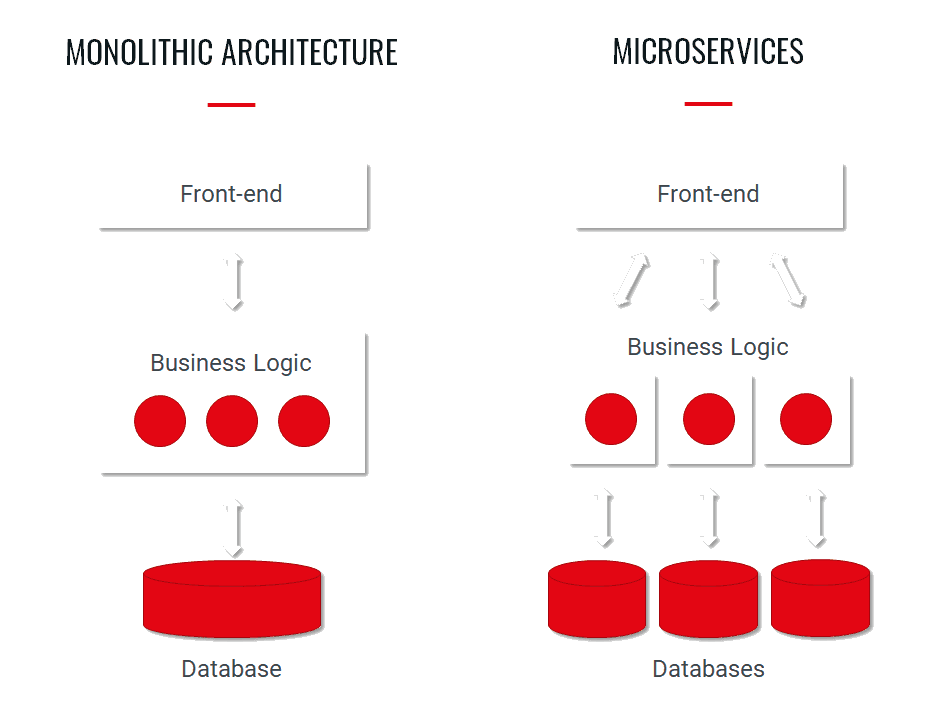Step-by-Step Guide to Migrating a Monolith to Microservices
Why Migrate from Monolith to Microservices?
General Approach to Migrating from Monolith to Microservices
How to Choose Microservice Candidates
Migrating from monolithic architecture to microservices. 4 main steps































